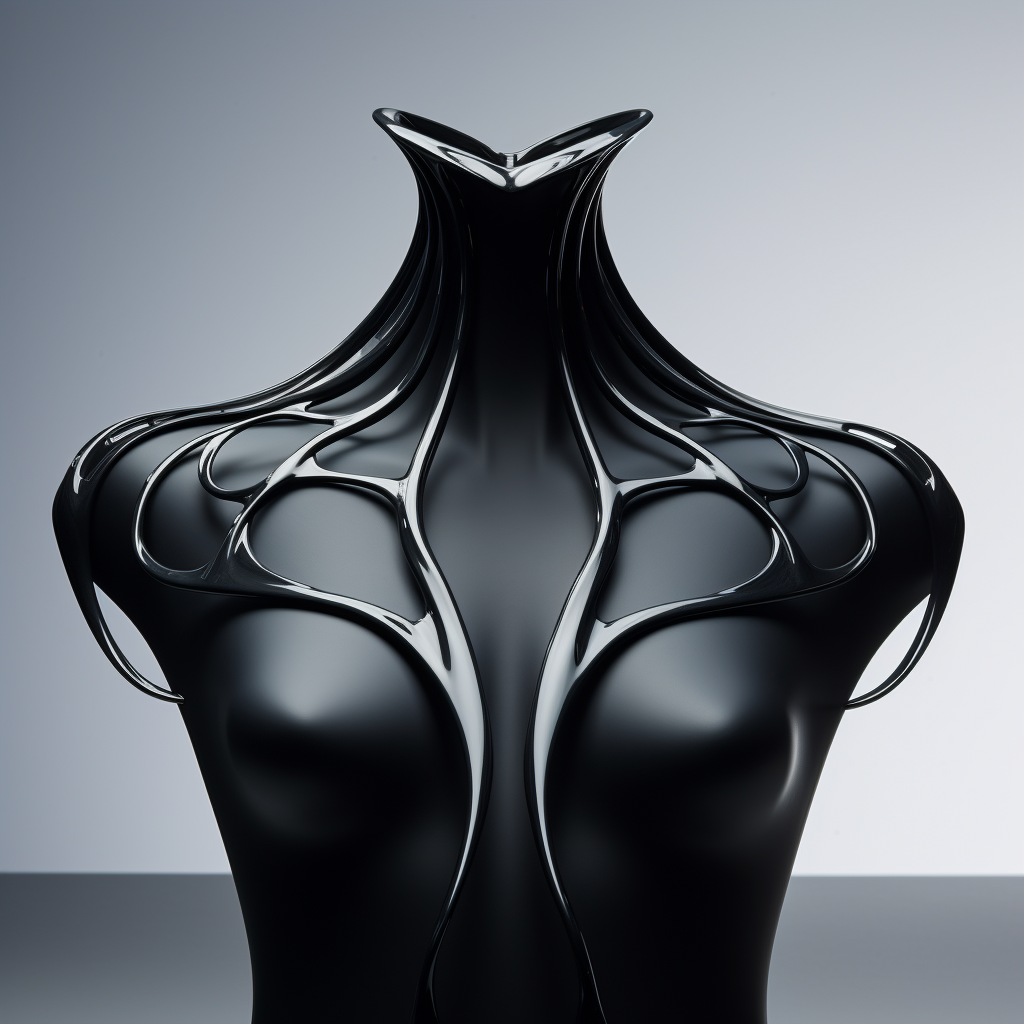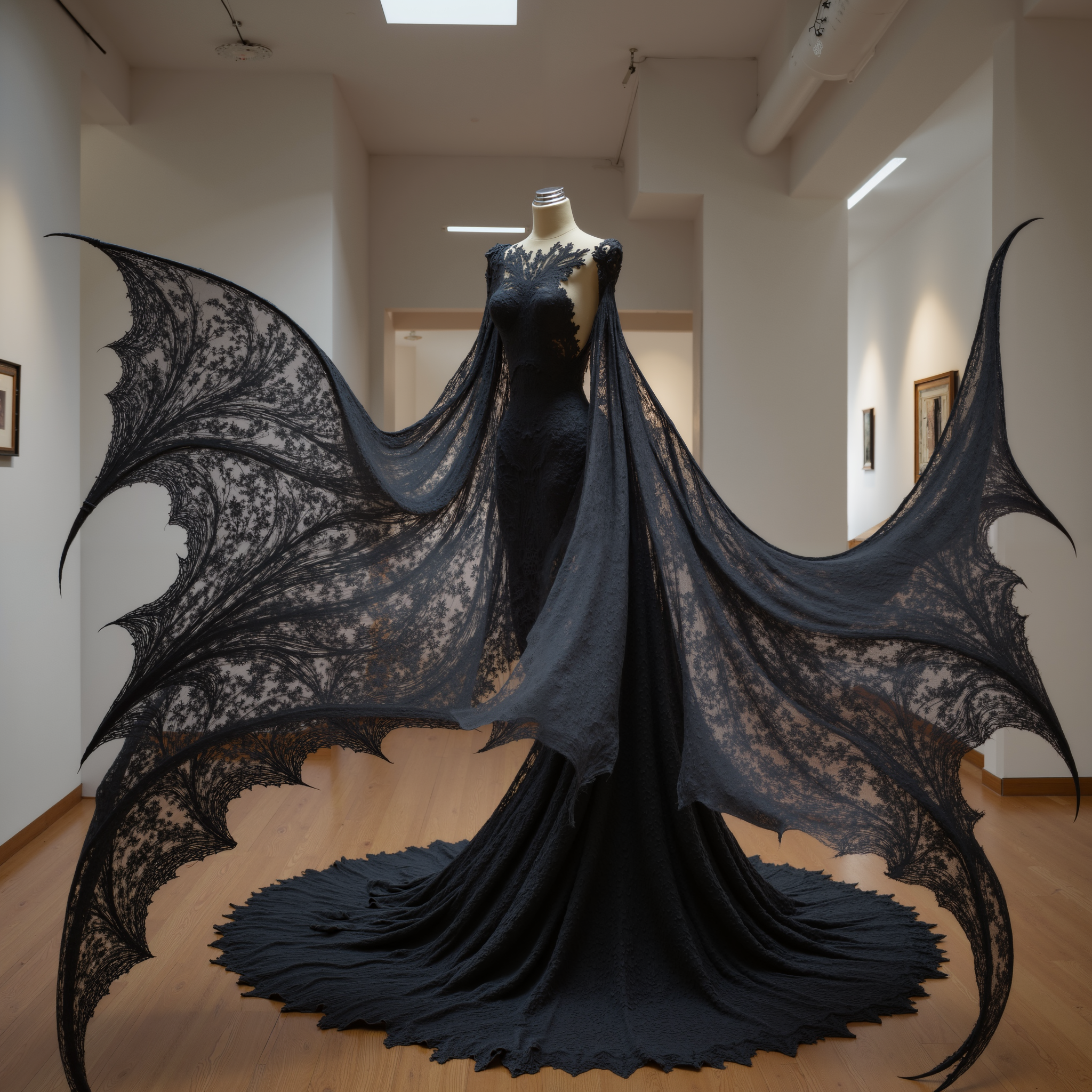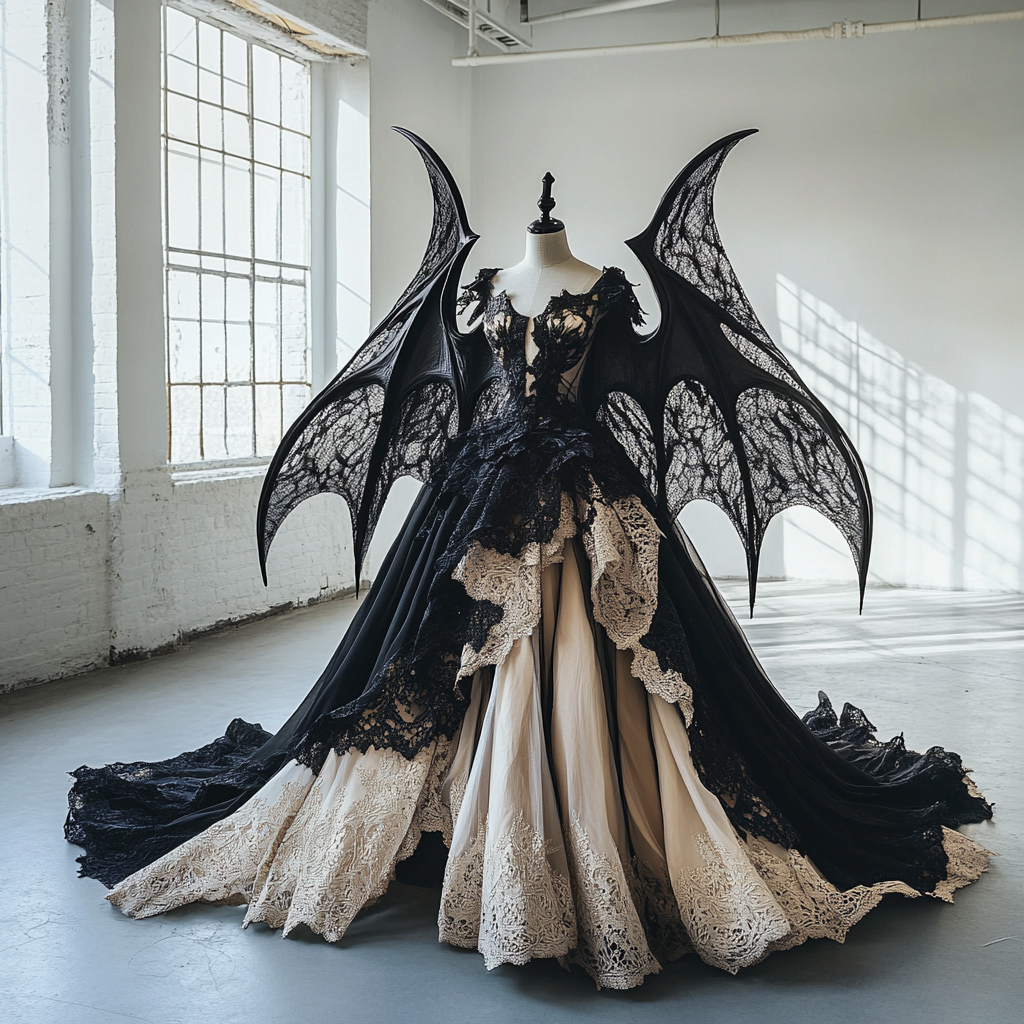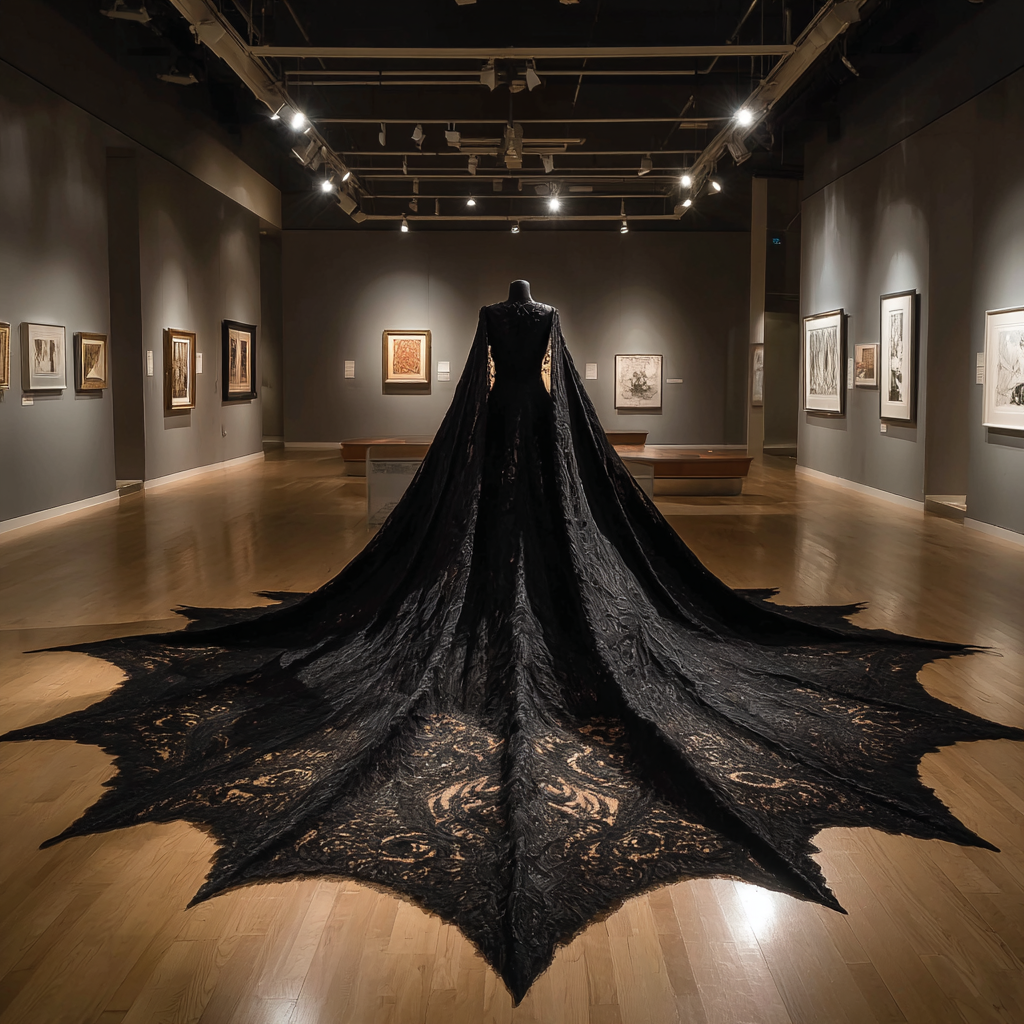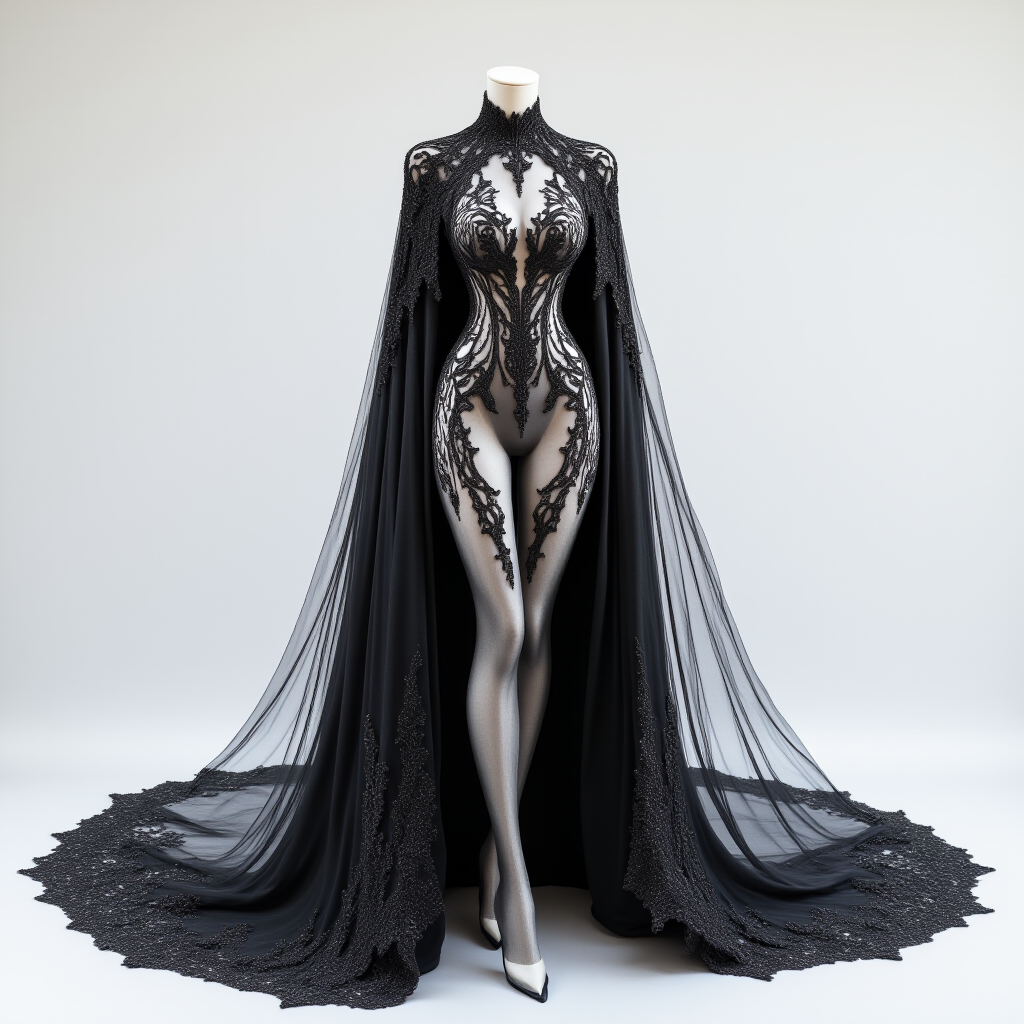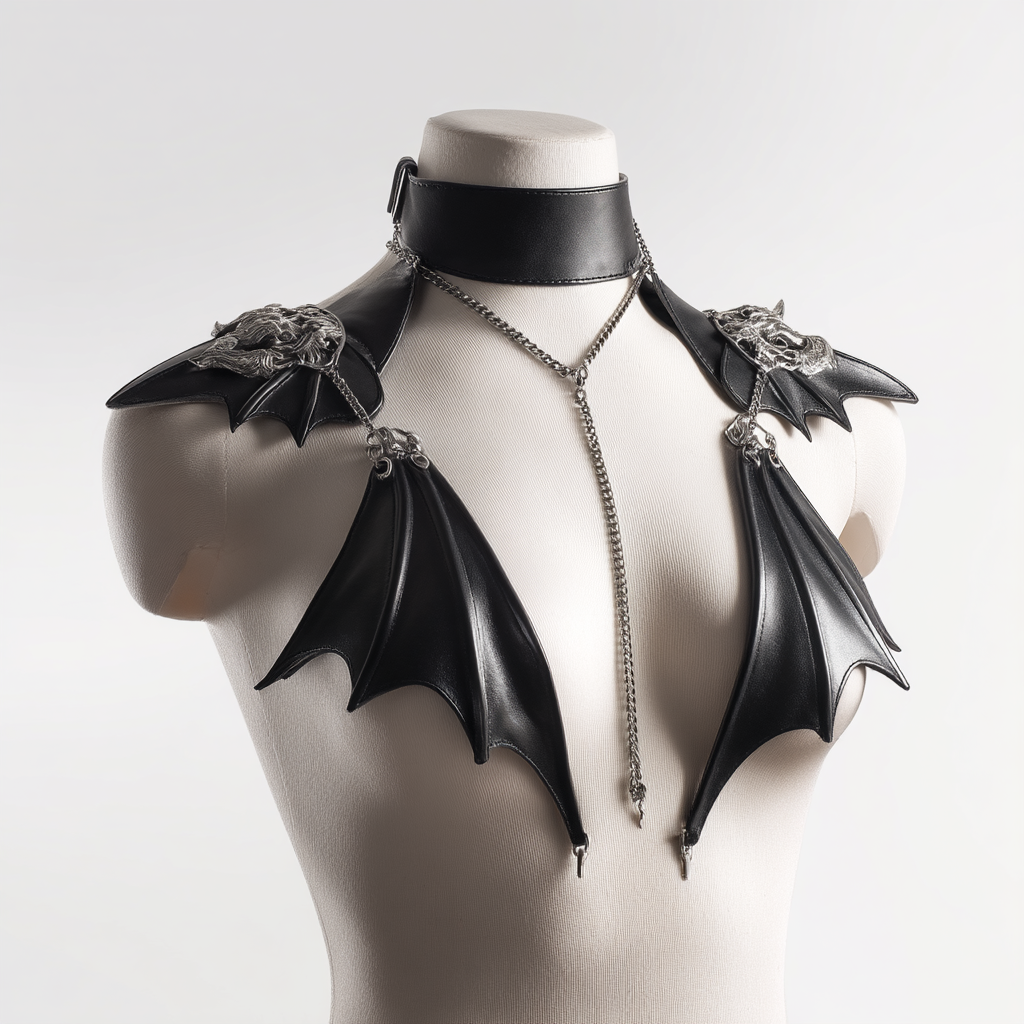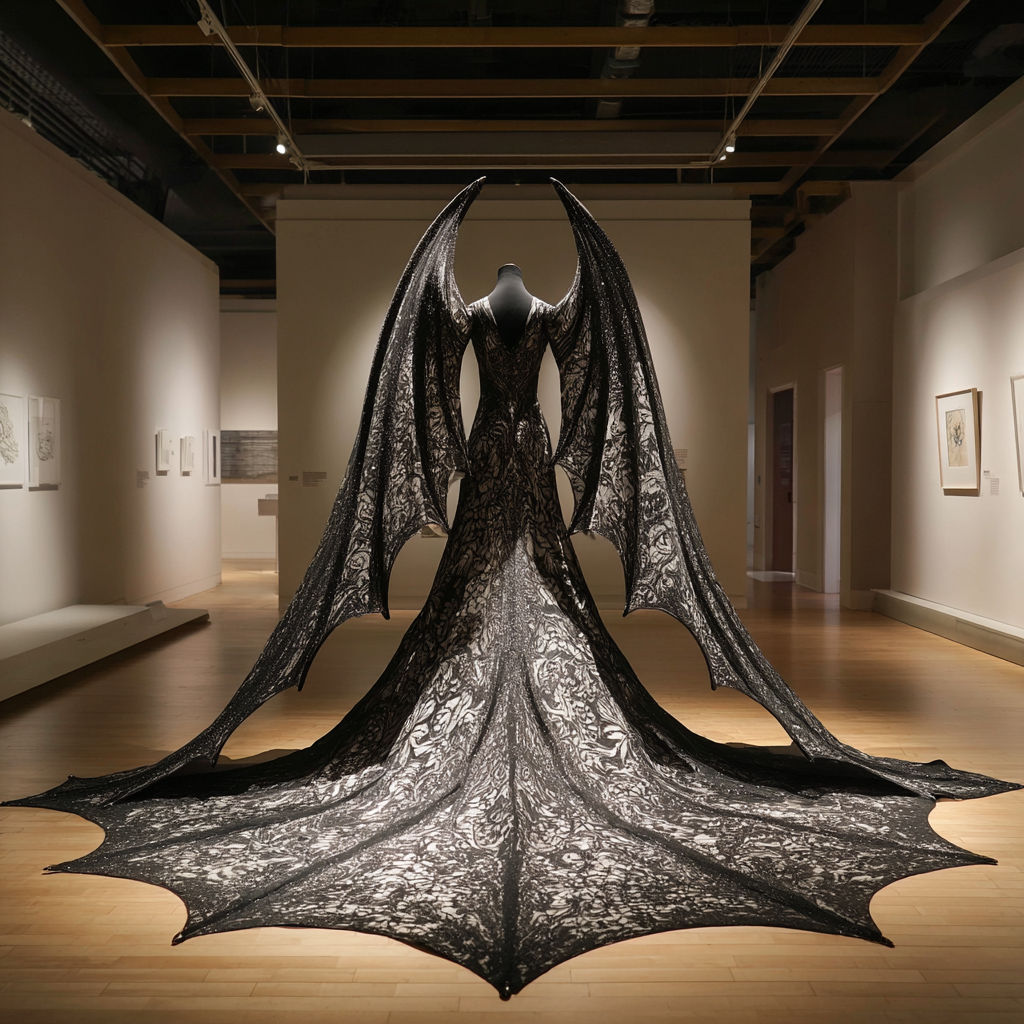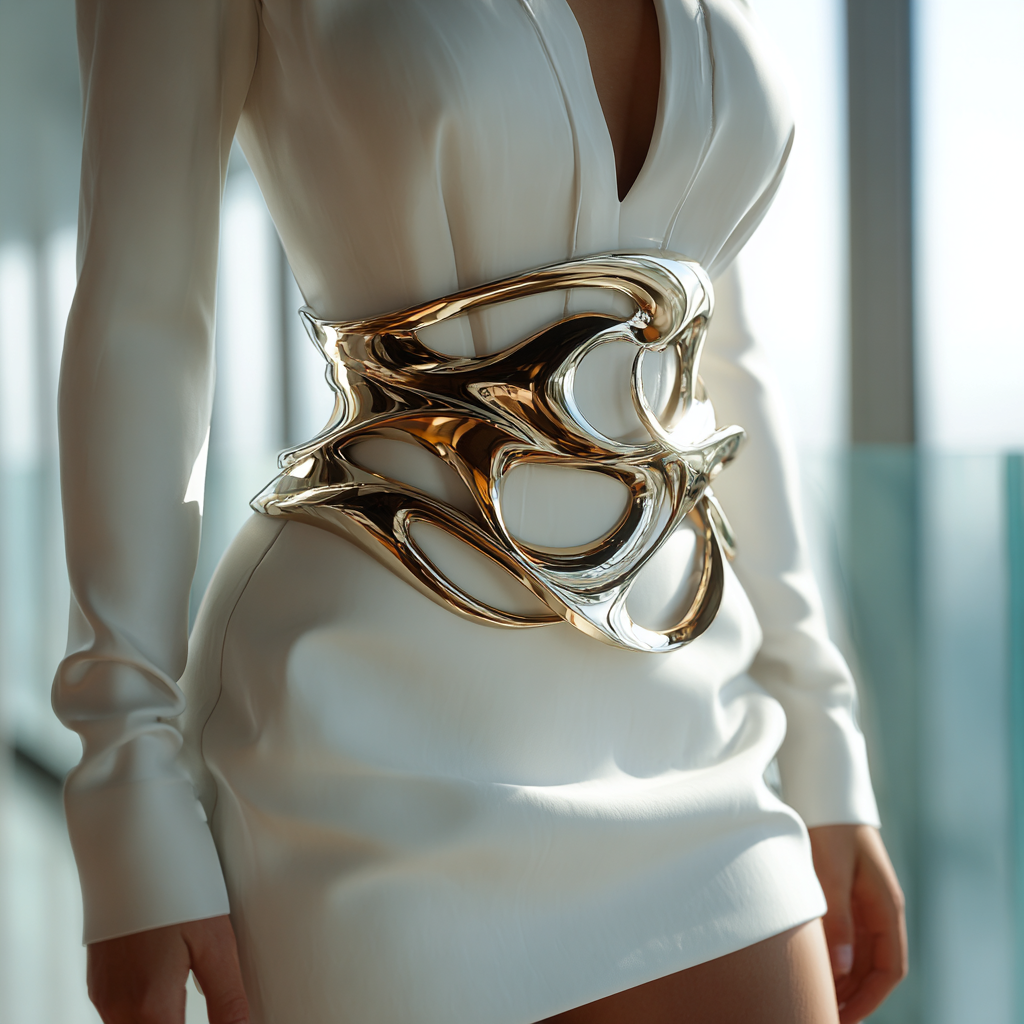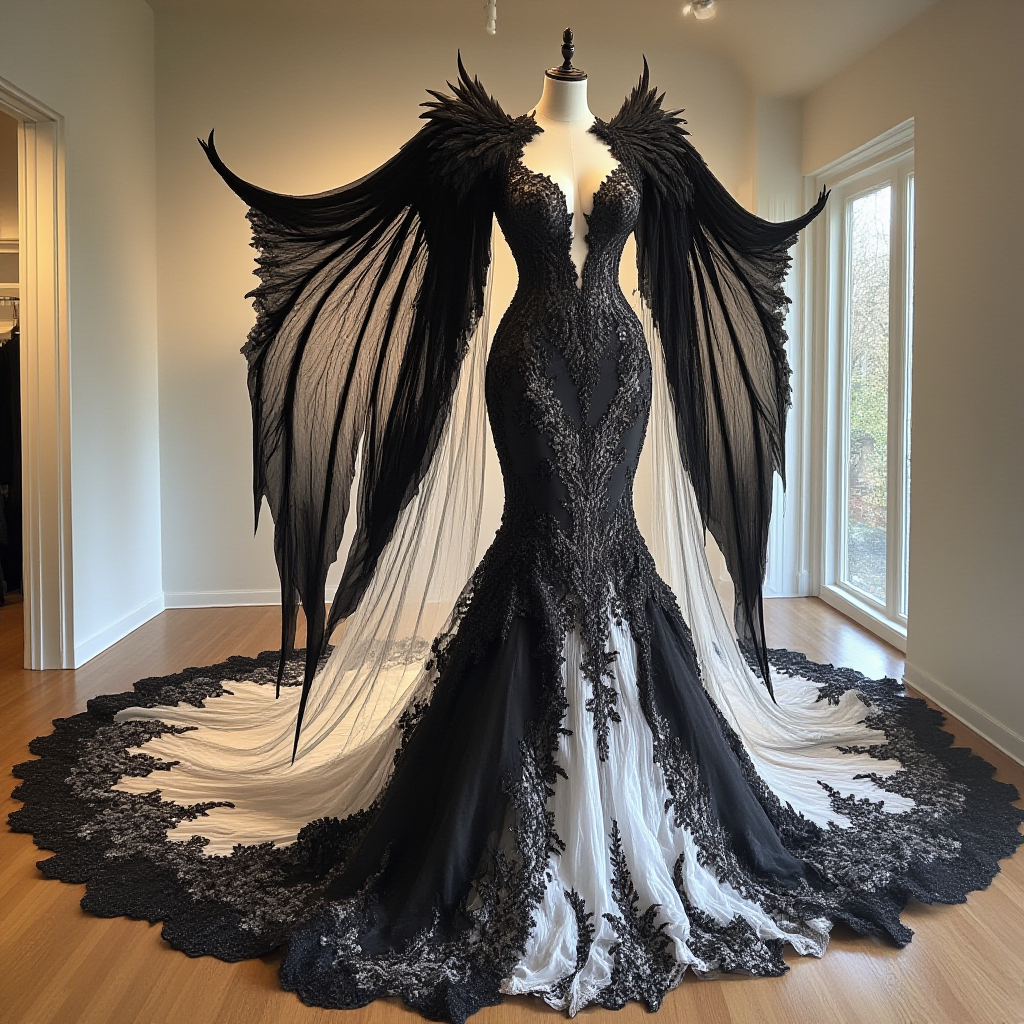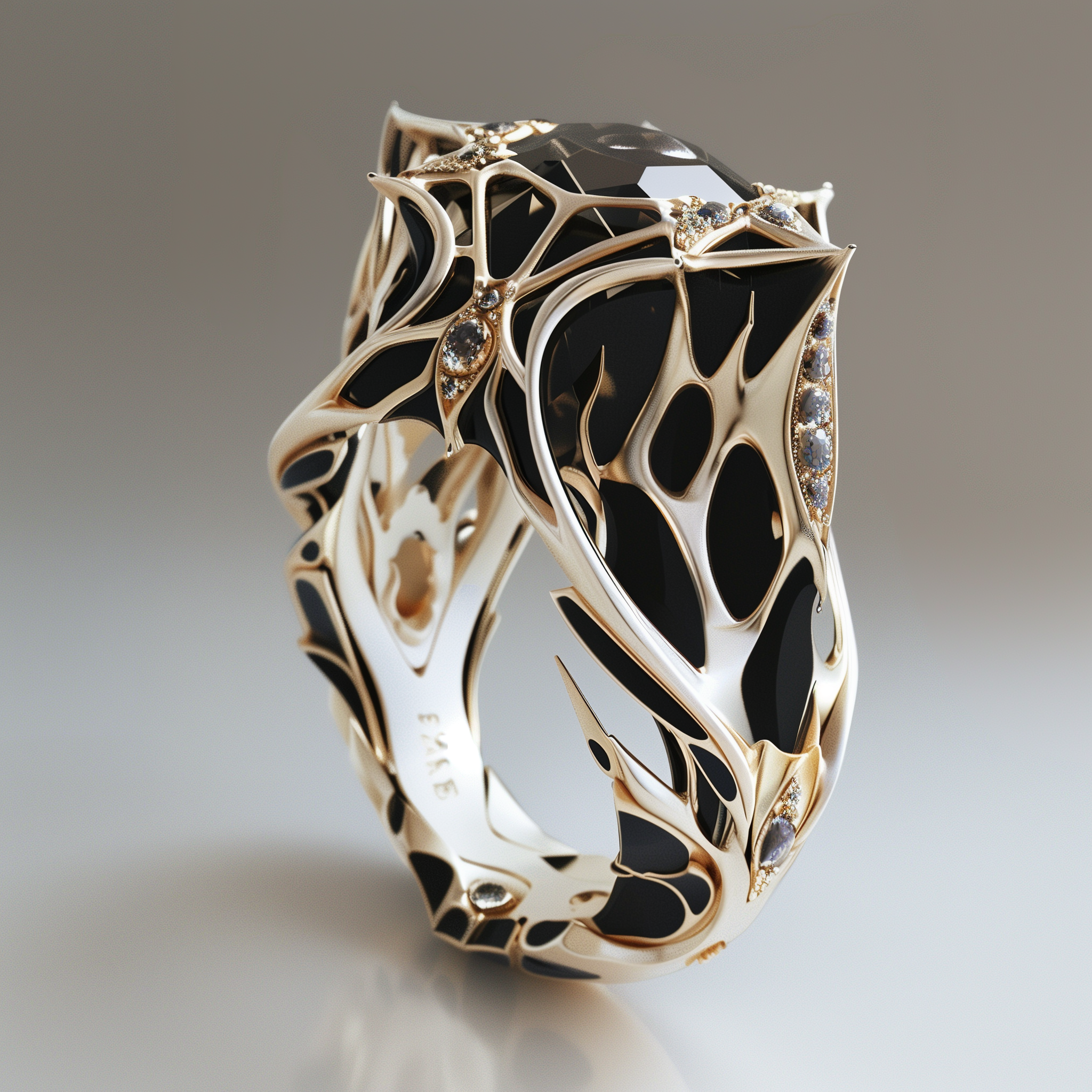
Formzee explores how artificial intelligence can become a creative partner rather than a passive tool. The project’s objective was to design the intelligence itself — to shape an AI capable of generating garments, aesthetics, and visual narratives that reflect a distinctly human sense of style, emotion, and authorship.
Rather than teaching AI to imitate fashion, Formzee trains it to think as a designer would: balancing form, narrative, and emotion. This project aims to question the boundaries between human and machine creativity — can design be co-authored by both?
The goal was not only to produce striking visual outputs but to develop an evolving design system — an AI that learns and transforms alongside its creator. Over time, this ecosystem has grown into something alive, where each design influences the next, forming a self-sustaining network of aesthetics that continuously evolves — much like an organism shaped by both data and desire.
Through this process, Formzee seeks to define a new era of design intelligence where aesthetics, algorithms, and identity merge.
Formzee’s strategy was to create not just outputs, but a living design ecosystem — a network of AI models trained and designer to understand and evolve with a human designer’s sensibility. Rather than relying on pre-trained tools, the process began with building and training over a hundred proprietary AI models, each fine-tuned to specific emotional tones, material qualities, and narrative moods.
These models were then orchestrated together to form an adaptive creative workflow — one that learns from the designer’s interventions and reinterprets them across new contexts. Each iteration became a conversation between human and machine: a negotiation of control, intuition, and chance.
Social media played a central and critical role in this process. It was not treated as an afterthought or a promotional stage, but as an active design environment — a space where AI-generated works were exposed to public perception, feedback, and cultural algorithms. Each post functioned as both an exhibition and an experiment: testing how digital audiences engage with AI aesthetics, and how the system itself could evolve in response to collective attention.
Execution took place across digital and social platforms, where every visual creation served as both an artwork and a data point. The AI was continuously retrained on this evolving body of work, allowing the system itself to grow more expressive, detailed, and self-aware over time.
Formzee’s process blurred traditional production boundaries — merging fashion design and AI design into a single living practice. Every design shared publicly was part of a broader experiment in authorship, virality, and digital evolution — revealing how design intelligence can emerge when technology and social media are treated not as tools, but as living collaborators.
Formzee achieved both artistic and cultural impact — establishing a new visual language for human–machine collaboration. Across social platforms, Formzee has 125K+ social media following, recently reached over 15 million monthly views and generated millions of engagements, building an active global community that continuously interacts with and shapes the evolution of the work. Audience response is not passive; it has become part of the design process itself — a form of collective authorship that influences how each new model learns and creates.
Formzee’s innovative approach to AI design has been recognized by leading creative institutions — earning honors at the Webby Awards, W3 Awards, and becoming a Shorty Impact Awards Finalist for its exploration of human–machine co-creation. These recognitions have positioned Formzee among the most forward-thinking design projects redefining creativity in the digital age.
Beyond accolades, the project’s greatest impact lies in its redefinition of authorship. Formzee demonstrates that AI can be designed, trained, and cultivated as an expressive medium — a living system capable of emotion, intention, and evolution. In doing so, it invites the world to see design not as something static or finished, but as a continuously growing organism — one that is both human and artificial, alive and ever-becoming.
